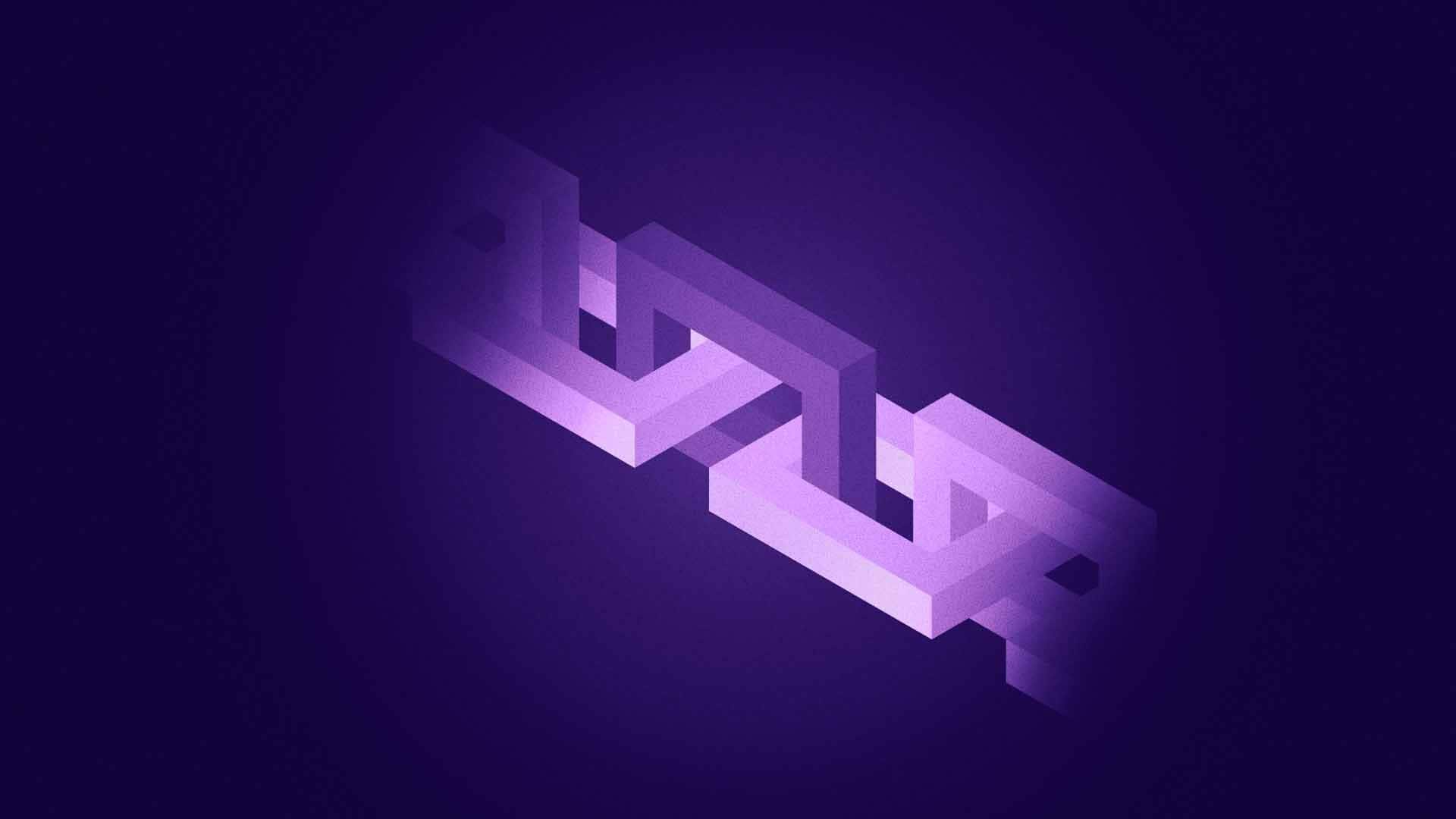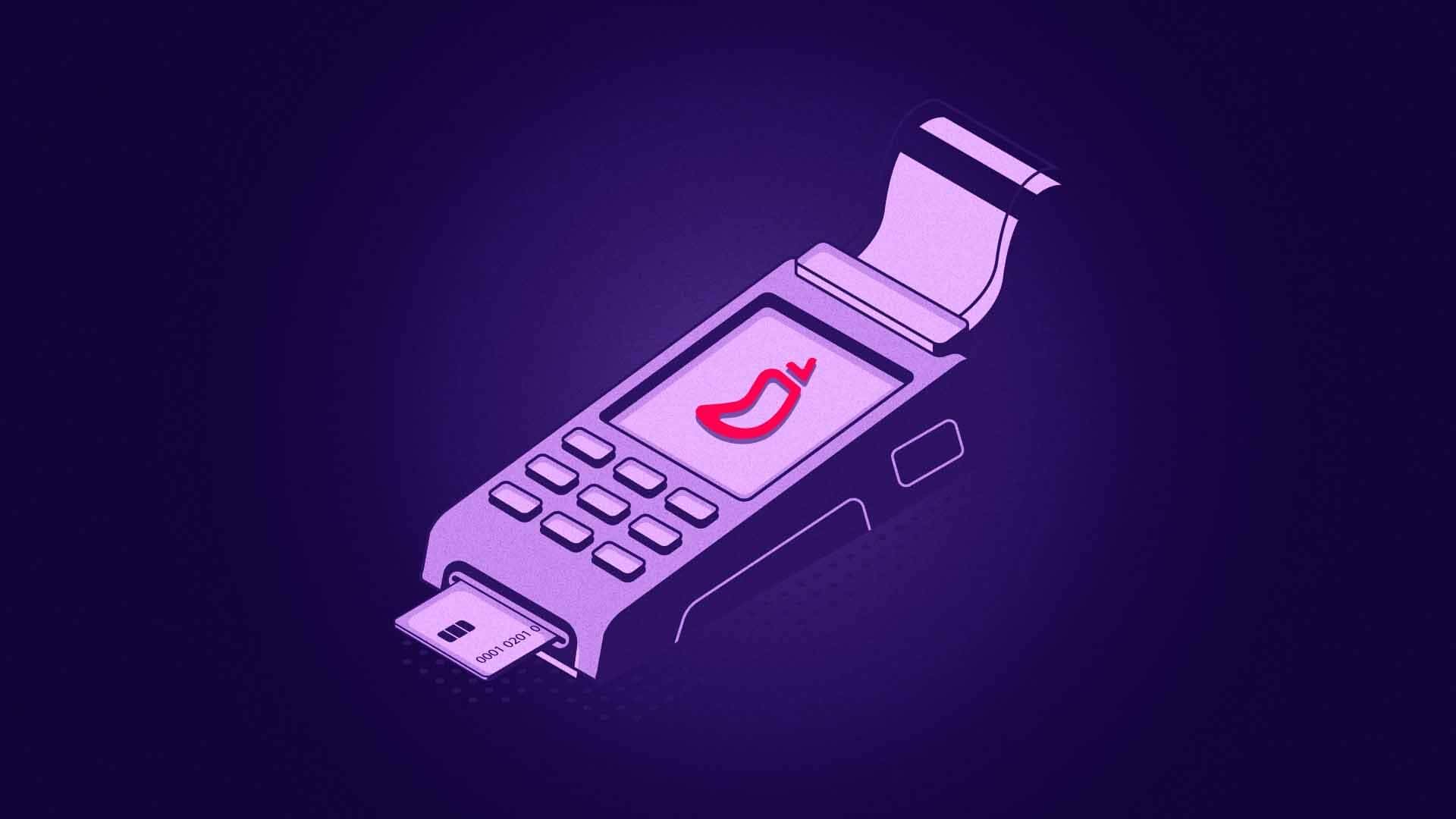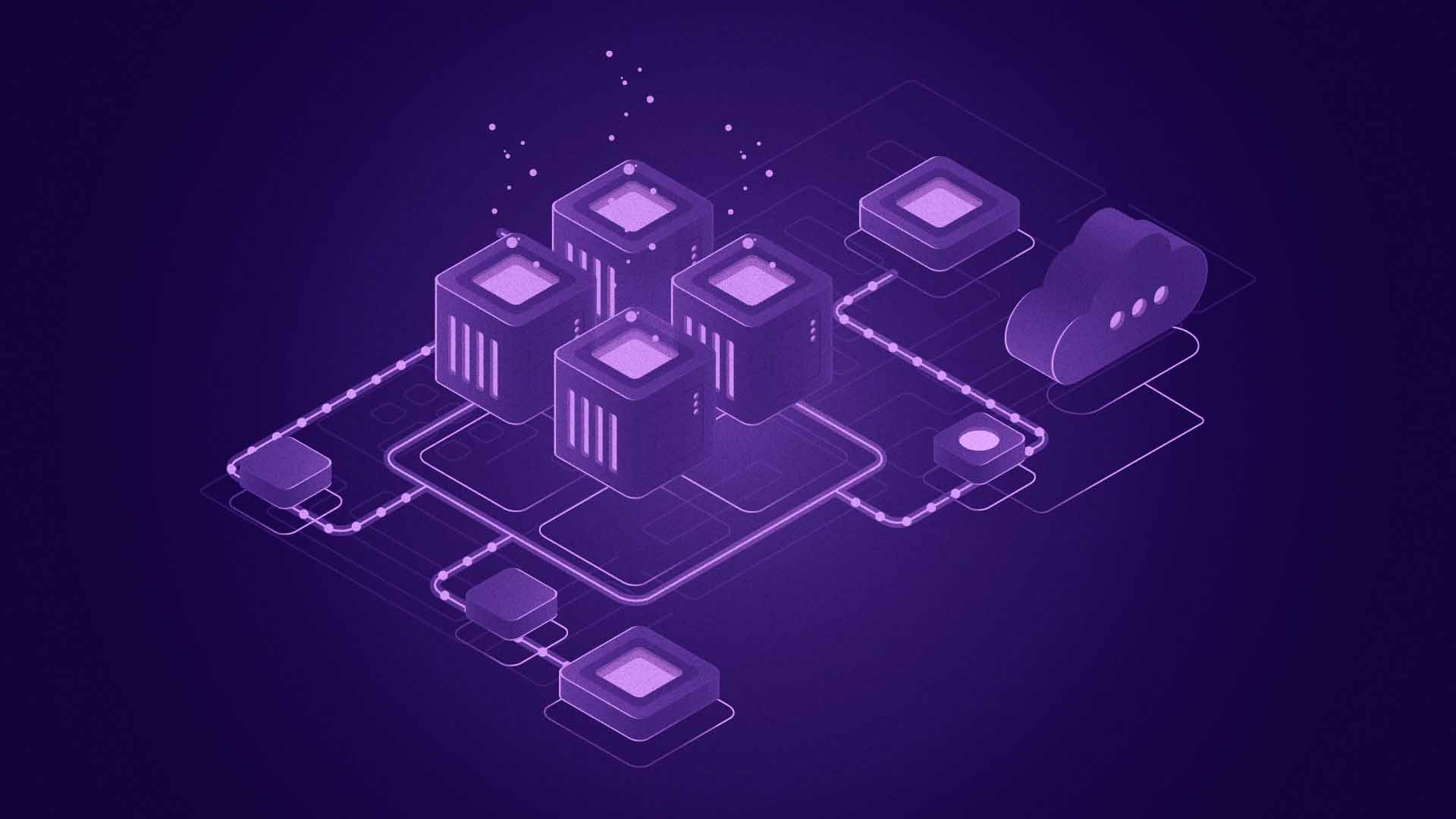Chiliz Chain has the largest mainstream sports partner network in blockchain and a massive potential audience. We see it as our responsibility to provide educational materials related to the entire sector, increasing security, understanding, and adoption of this incredible technology.
As digital assets have gained prominence, terms like “blockchain” and “cryptocurrency” are often used interchangeably, leading to confusion. Although cryptocurrencies such as Bitcoin and Ethereum rely on blockchain technology, they are just one application of this broader innovation. Grasping the distinction between blockchain and cryptocurrency is crucial to navigate and engage with the expanding digital ecosystem.
What is Blockchain?
Blockchain is a decentralized digital ledger system that records transactions across multiple computers. Think of it as a super-secure, transparent digital notebook that can’t be altered once something is written. This technology isn’t just about money – it’s being used in supply chains to track products, in healthcare to secure patient records, and in finance to streamline processes.
Blockchain creates ‘blocks’ of information linked in a ‘chain.’ Each block contains a set of transactions or data, and once it’s added to the chain, it can’t be changed without changing all the blocks that come after it. This makes blockchain incredibly secure and resistant to tampering.
What are Cryptocurrencies?
Cryptocurrencies are digital or virtual currencies that use cryptography for security. They operate on blockchain technology but are just one application of this broader technology. Bitcoin, Ethereum, and thousands of other cryptocurrencies use blockchain as their underlying system.
Cryptocurrencies serve as a medium of exchange, like digital money. They can be used to buy goods and services or as a store of value (like digital gold). The key feature of cryptocurrencies is that they operate independently of central banks, using blockchain to maintain a secure and transparent record of all transactions.
Key Differences Between Blockchain and Cryptocurrencies
The main differences between blockchain and cryptocurrencies lie in their purpose and functionality:
Purpose: Blockchain is a foundational technology with many applications. Cryptocurrencies are specific applications of blockchain-focused on financial transactions.
Use Cases: Blockchain has broad applications across industries. It can be used for supply chain management, voting systems, and identity verification. Conversely, cryptocurrencies are primarily used as digital money or investment assets.
Independence: Blockchain can exist without cryptocurrencies. Many companies and organizations use blockchain without any involvement in crypto. However, cryptocurrencies cannot exist without blockchain – they rely on this technology to function.
Scope: Blockchain is about creating secure, transparent, and efficient systems for recording and verifying information. Cryptocurrencies are specifically about creating new forms of money and financial systems.
Real-World Examples of Blockchain Without Cryptocurrencies
Blockchain technology extends far beyond cryptocurrencies, finding practical applications in various industries. Here are some real-world examples of how blockchain is being used without involving digital currencies:
Supply Chain Management: Walmart has implemented blockchain to track food products from farm to store. This system allows them to trace the origin of products in case of contamination quickly or recalls. For instance, they can now trace the origin of mangoes in seconds, a process that previously took days. This improves food safety and reduces waste.
Healthcare: Estonia’s healthcare system uses blockchain to secure patient records. All health records are digitized and stored using blockchain technology, giving patients control over their data while ensuring doctors have quick access to vital information. This system enhances patient privacy and streamlines healthcare delivery.
Real Estate: Sweden is testing a blockchain-based land registry. This system could speed up and secure property transactions by reducing paperwork and the risk of fraud. It also provides a transparent record of property ownership, which can be particularly valuable in countries with less reliable traditional record-keeping systems.
Voting Systems: Sierra Leone used blockchain for vote tallying in parts of its 2018 election. While not a full blockchain-based voting system, it demonstrated how the technology could increase election transparency. The blockchain provided an immutable record of votes cast, reducing the potential for electoral fraud.
Luxury Goods: LVMH, the company behind Louis Vuitton and other luxury brands, uses blockchain to prove the authenticity of high-end products. Each product gets a unique blockchain-based identifier, allowing customers to verify they’ve purchased a genuine item, not a counterfeit.
Education: Some universities are using blockchain to verify academic credentials. MIT, for example, issues digital diplomas backed by blockchain technology. This makes it easier for graduates to share verified credentials with employers and reduces the risk of qualification fraud.
Energy Sector: In Brooklyn, New York, a Brooklyn Microgrid project uses blockchain to enable neighbors to buy and sell locally generated solar energy. This peer-to-peer system bypasses traditional energy companies, potentially making renewable energy more accessible and affordable.
These examples show how secure, transparent, and decentralized Blockchain is, as it helps solve real-world problems across various sectors. From ensuring food safety to protecting patient data and combating counterfeit goods, blockchain is proving its worth beyond the world of cryptocurrencies.
Misconceptions and Clarifications
People often mix up blockchain and cryptocurrencies, but they’re different. Let’s clear up some common misunderstandings:
“Blockchain is only for Bitcoin”: This isn’t true. Bitcoin uses blockchain, but blockchain has many other uses. Companies use it to track products, verify identities, and manage data without any cryptocurrencies involved.
“All blockchains are public”: Not all blockchains are open to everyone. Many businesses use private blockchains that only certain people can access. These work differently from public blockchains like Bitcoin’s.
“Blockchain and cryptocurrencies are the same”: Blockchain is the technology that makes cryptocurrencies possible, but it’s not limited to them. It’s like saying the internet and email are the same thing. The internet enables email, but it does much more.
“Blockchain is only for money”: Blockchain isn’t just about finance. Hospitals use it to protect patient records, some voting systems use it to prevent fraud, and musicians use it to get fair payment for their work.
“All cryptocurrencies use the same blockchain“: Different cryptocurrencies often use different blockchains. Bitcoin and Ethereum, for example, run on separate systems with other features.
“Blockchain solves everything”: Blockchain is powerful, but it’s not perfect for every situation. It works best when you need transparency and security. For many tasks, regular databases still work fine.
To be clear, blockchain is a way to record information securely. Cryptocurrencies are digital money that use blockchain. They’re related but not the same.











